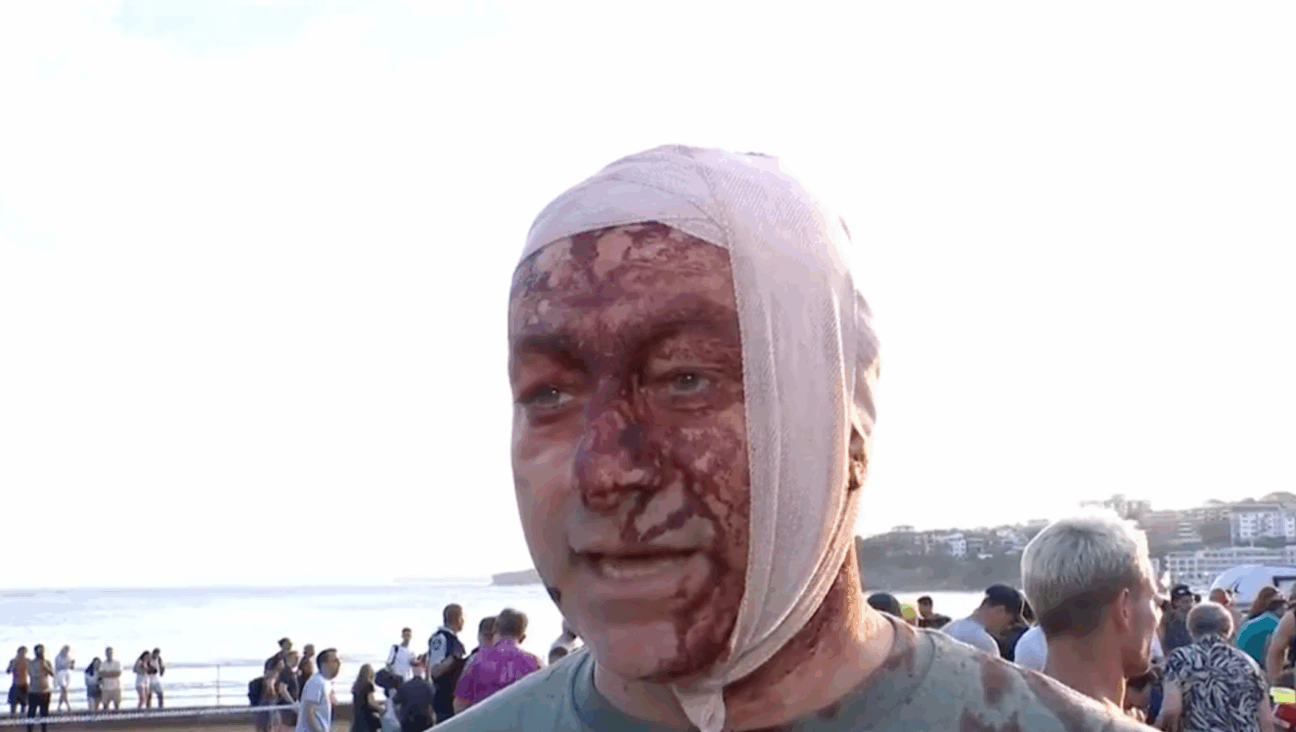Six ways to celebrate the choreography in the new ‘West Side Story’

Graphic by Angelie Zaslavsky
In many musicals, the dance is the icing on the cake — a sweet, sometimes saccharine flourish on top of an already constructed treat. But the “West Side Story” recipe is different. In the 1957 musical conceived, directed, and co-choreographed by Jerome Robbins, and the 1961 film adaptation, also choreographed and directed (in part) by Robbins, movement is a key ingredient. Exuberant choreography animates the big dance numbers, and every stance, step and snap propels the story forward.
So in taking on the choreography for Steven Spielberg’s new film, Justin Peck faced a daunting task: How to reimagine Robbins’ iconic work for a new era?
When he was a child and his parents first showed him the 1961 film, “It hit me like a gut-punch,” Peck wrote in a recent Instagram post. “It helped me understand so many things. It became a north-star guiding me back to New York, where I moved at age 15 to study dance and theatre.”
A few years later, he joined New York City Ballet, where he climbed the ranks to soloist and danced works created by Robbins himself, including “West Side Story Suite.” Peck has been choreographing since he was a student and, once he began making work for NYCB in 2012, quickly became one of the most prolific and in-demand artists in ballet. Today, he’s the company’s resident choreographer and artistic advisor. But like Robbins, he’s a renowned ballet maker who also hasn’t shied away from Broadway — he won a Tony for his choreography in the 2018 revival of “Carousel” — or film. Long before COVID forced many dancers and choreographers to explore video, Peck was making dance films, as promos for his ballets, music videos and more. “West Side Story” is his biggest film project yet.
Whether you’re coming home from the movie theater exhilarated and hungry for more dancing, are looking to whet your appetite before you go, or aren’t quite ready to sit in a crowded room full of strangers, here are six other things to watch to celebrate the dancing in a brand new “West Side Story” — and understand the artist (and a bit of the legacy) behind it.
Dark Side of the Gym
One of the most iconic scenes in “West Side Story” takes place in a gymnasium where our two protagonists first lay eyes on each other from across the room — time slows, the noise around them fades, and, in that protracted gaze, the events of the story are set in motion.
This isn’t Peck’s first dance at the gym. He directed and choreographed the 2017 music video for The National’s “Dark Side of the Gym” off the band’s Grammy-winning album “Sleep Well Beast.” This gym scene is quieter. There’s no raucous dance with dozens of rival Jets and Sharks. Instead the room is dim and empty save for a couple moving among hundreds of balloons grazing the parquet, the remnants of an evening’s festivities providing the setting for an intimate duet. Peck himself dances with his wife, former Miami City Ballet principal Patricia Delgado, who also served as associate choreographer on the new “West Side Story” film.
NY Export: Opus Jazz
Jerome Robbins’ “NY Export: Opus Jazz” will feel familiar to fans of “West Side Story.” Choreographed for the stage in 1958, this ballet in sneakers “in many ways” is “an abstract version” of the 1957 Broadway musical, according to former New York Times dance critic Anna Kisselgoff. This 2010 film reimagines that ballet, swapping the stage for locations across New York City
.
Peck has frequently pointed to Robbins as a major influence on his work, and watching “NY Export: Opus Jazz” and the next couple of dance films below in quick succession will make it easy to see how — and make the decision to hire Peck for the 2021 film seem all but inevitable.
The Times Are Racing
There are plenty of ways to distill “West Side Story”: a modern-day retelling of “Romeo and Juliet,” a tale of love and gangs, a glimpse of youth in the city. This last could just as easily describe Peck’s 2017 ballet, “The Times Are Racing.” Choreographed during and after the 2016 election — it premiered on January 26, 2017 — it reflects in the abstract some of the exhaustion, chaos, energy and urgency of the moment. This short film, shot in a subway station and released on inauguration day, was created to promote the onstage ballet but also stands on its own.
Like Robbins in “NY Export: Opus Jazz” decades before him, Peck traded pointe shoes and ballet slippers for sneakers here. And he pushed the boundaries of ballet in other ways, too, creating gender-neutral principal roles. Robbie Fairchild, seen in the video dancing alongside Peck, passed his role over to Ashly Isaacs, and the central pas de deux originated by Amar Ramasar and Tiler Peck (no relation to Justin) was later performed — tenderly and beautifully — by Taylor Stanley and Daniel Applebaum.
Thank You, New York
“Thank You, New York” is an ode in movement to New York City captured at a moment when both the city and the performing arts were stifled by the pandemic. The short dance film was choreographed and directed by Peck and set to snippets of recorded interviews with four featured dancers as well as a new version of Chris Thile’s 2017 song of the same name with a fresh set of lyrics written especially for the project.
When “Thank You, New York” closed out New York City Ballet’s New Works Festival in the fall of 2020, New Yorkers were out of sorts. Dancers, shut out of the studios and theaters they call home, especially so. “It still feels like the rug was pulled out from under us. And we’re just falling. And we can’t feel the ground yet,” Sara Mearns, a principal dancer with New York City Ballet, said as part of the string of voiceovers that opens the piece. Filmed in the park, on a handball court, in an alley in Chinatown, on a rooftop overlooking an empty Lincoln Center, it’s an outpouring of love, grief, optimism and pent-up energy. In the final moments of the piece, Mearns falls to the pavement. Arms splayed to her sides, breathing hard, she closes her eyes, as if willing herself and the city around her to wake up from this devastating dream.
Ballet 422
Peck is only 34, but he’s been creating works for New York City Ballet, one of the most prestigious ballet companies in the world, and other major companies, for nearly a decade. The making of “Paz de la Jolla,” which premiered in January 2013, is the subject of the feature-length documentary “Ballet 422” — so titled because while the piece was Peck’s third for NYCB, it became the company’s 422nd original work. The film offers a glimpse of Peck’s creative process early on in his career, as he joined the ranks of the most influential choreographers in the company’s history, including Robbins, George Balanchine, and Christopher Wheeldon (yes, NYCB’s history is full of mostly male choreographers, but that’s another story).
Justin Peck’s latest work for New York City Ballet, coming soon
As New York City Ballet’s resident choreographer, Peck regularly creates new work for the company. His next piece will premiere on January 27, 2022. Few details have been released as of this writing — not even the music — but Peck did recently reveal on Instagram that it’s another “sneaker dance.”
.
Stav Ziv is a journalist based in New York City whose work has also appeared in Newsweek, The Atlantic, Newsday, and the San Francisco Chronicle. She is currently a senior editor/writer at The Muse.

















